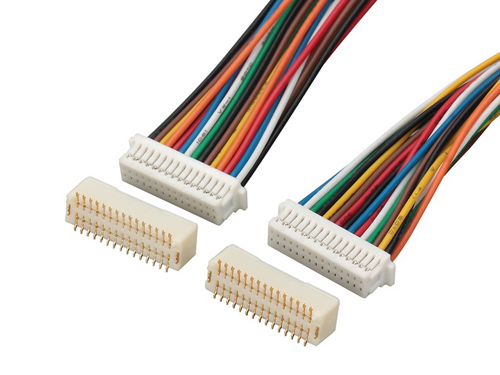It is very common for pins of electronic wire harness terminals to have needle withdrawal problems. The occurrence of such faults has affected the power and signal transmission function of the connector. So what factors lead to the problem of pin withdrawal at the terminals of wire harness connectors? The following is to analyze the reasons for everyone!
1、 Unqualified factors of terminal retention force of electronic harness:
Generally, the unqualified retention force of terminals in sheath is caused by design problems, manufacturing problems and materials used in wiring harness connectors. The insertion retention force of standard wiring harness connectors (connectors with specification spacing less than 2.8) is greater than 40n, while that of connectors greater than 2.8 is greater than 60N.
2、 The interference factors of electronic harness terminals are as follows:
When the male and female terminals of the wiring harness connector are in the insertion process, the male terminal is automatically inserted into the non effective area of the female terminal, which leads to the pin withdrawal problem of the terminal and the loss of the connector function. This situation is usually caused by problems in the design and manufacturing process, one is the structural design problem, the other is the problem of terminal insertion and pull-out.
3、 Production process factors of electronic harness:
The production process factors of harness connector include terminal crimping and terminal assembly. If the terminal is not crimped properly, excessive bending will lead to the central line of the junction area of the terminal not parallel to the crimping area. Moreover, the degree of excessive bending of the terminal will easily increase the insertion force and affect the assembly performance. If it is serious, the male terminal can not be inserted into the effective area of the female terminal in the insertion process.


 +86-769-38866368
+86-769-38866368











